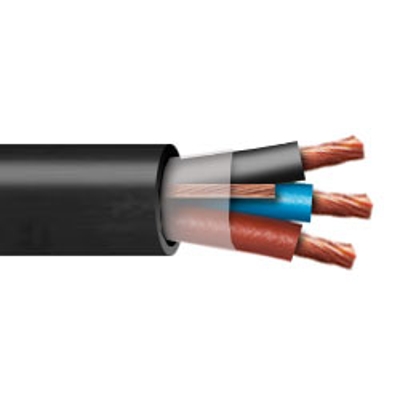If you're directional drilling to get new electrical conduit in the ground, now is the time to put new pipe in the ground for the water back to the house. I'd be tempted to have the drilling co. put something like a 3" HDPE conduit in the ground, and then pull a new water line and direct-burial rated tray cable through for power. Easy to replace either if/when they have a problem. Definitely cheaper than paying to excavate/drill again.
THHN-PVC Tray Cable without Ground. Cut to length - sold by the Foot.

www.wireandcableyourway.com
SceneryDriver

